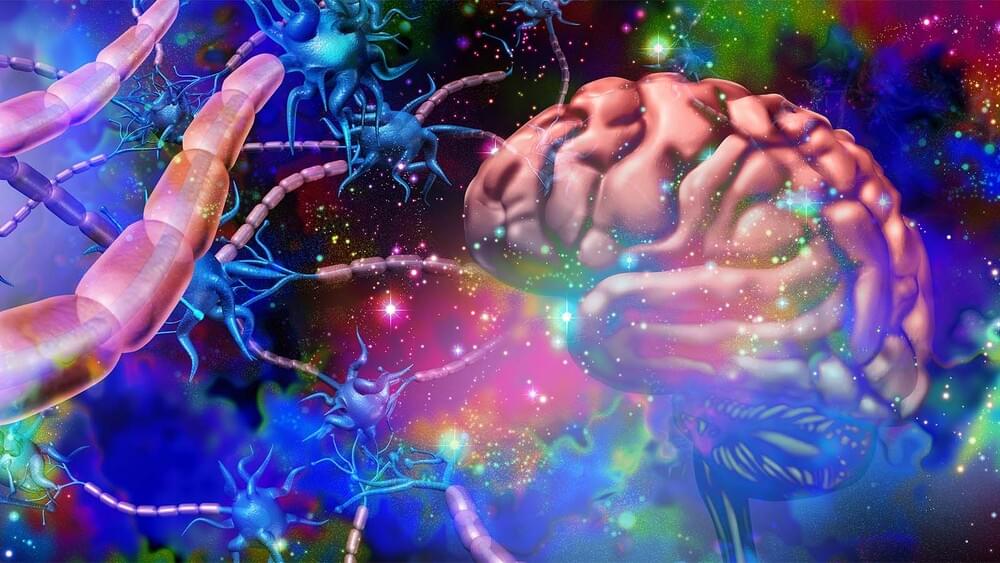There are some demerits of every new technology.but remote works makes our life easier.reduces transportation cost.
With remote work, boundaries between professional and personal are blurred — and too many of us are working later than we should.
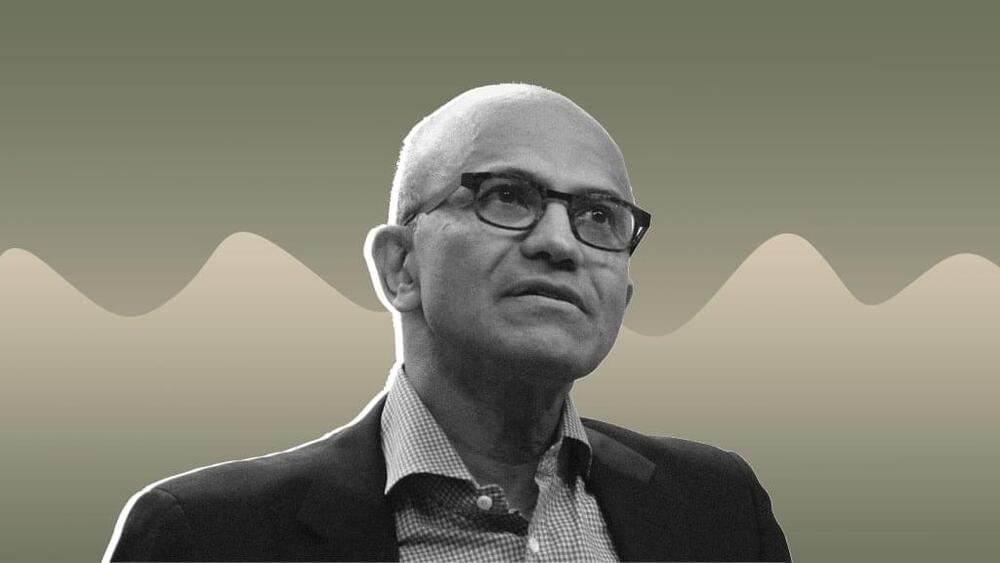

The condition stays with you for life once diagnosed, but treatments and specialists can help to manage the condition and its symptoms.
Experts are still unsure exactly what triggers the condition that affects more than 130,000 people in the UK.
According to the MS Society, people are most likely to find out they have MS in their thirties, forties and fifties in Britain, and the condition affects almost three times as many women as men.
California-based startup Bionaut Labs announces a unique robot. They are planning to send miniature robots deep inside into human skull to treat brain disorders. They will be using magnetic energy to propel the robots rather than optical or ultrasonic techniques.
#Miniaturerobot #Braindisorder #WION
About Channel:
WION-The World is One News, examines global issues with in-depth analysis. We provide much more than the news of the day. Our aim to empower people to explore their world. With our Global headquarters in New Delhi, we bring you news on the hour, by the hour. We deliver information that is not biased. We are journalists who are neutral to the core and non-partisan when it comes to the politics of the world. People are tired of biased reportage and we stand for a globalised united world. So for us the World is truly One.
Please keep discussions on this channel clean and respectful and refrain from using racist or sexist slurs as well as personal insults.
Check out our website: http://www.wionews.com.
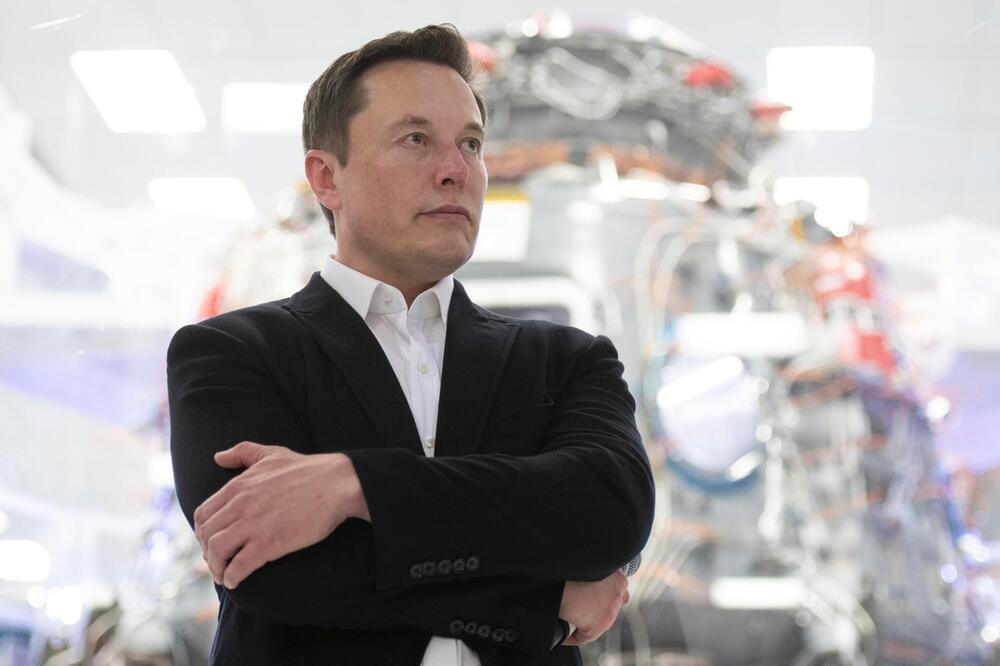
This could be the most important construction project of our lifetimes. See how digital tools are enabling the ITER project — https://bit.ly/3KGfiF8
Full story here — https://theb1m.com/video/inside-iter-worlds-largest-nuclear-fusion-reactor.
This video contains paid promotion for Thinkproject. See how ITER’s teams are using Thinkproject’s tools to stay on track — https://bit.ly/3KGfiF8
Presenter and Narrator — Fred Mills.
Producer — Jaden Urbi.
Video Editing — Aaron Wood.
Graphics — Vince North.
Content Partnership — Liam Marsh.
Executive Producers — Fred Mills, James Durkin and Graham MacAree.
Special thanks to ITER. Additional footage and images courtesy of ITER, WGBH and Reagan Library.
Go Behind The B1M. Click “JOIN” here — https://bit.ly/2Ru3M6O
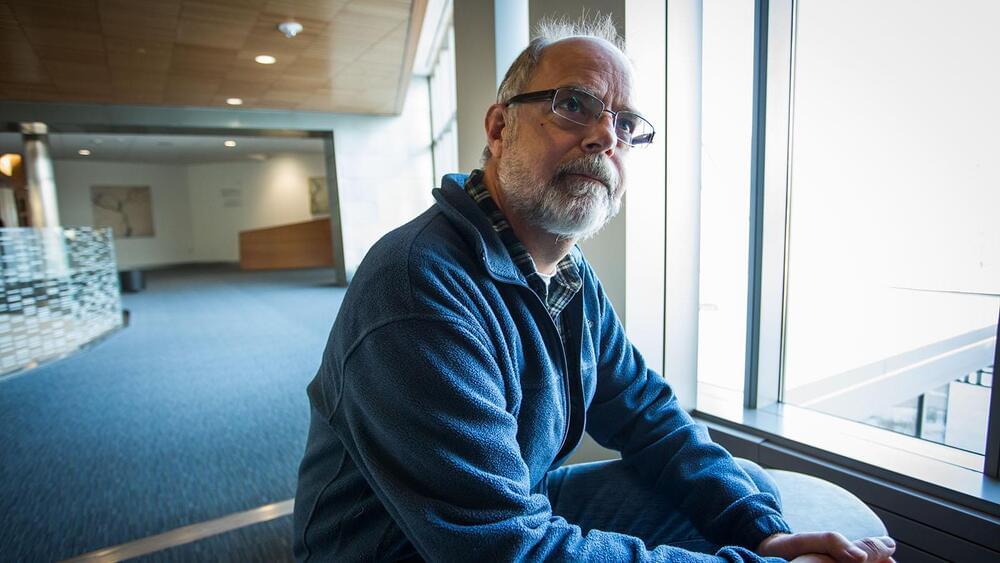
Robot researcher Mark Yim offers a look inside the promising field of modular reconfigurable robotics — bots that can shift form to tackle an array of tasks.
This compact solar concentrator could be the perfect daylight harvesting device for Singapore’s underground spaces.
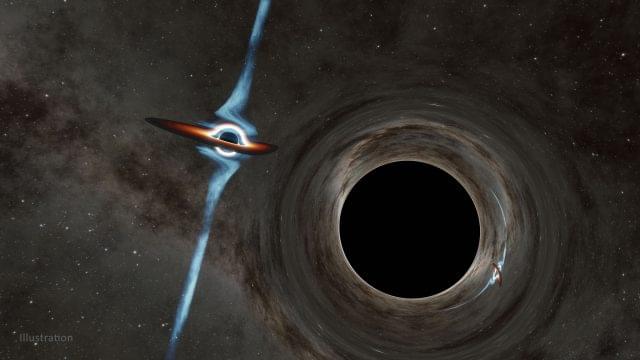
Scientists have discovered two supermassive black holes, locked together in a final, terrible spiral. They’re about to collide. And when they do, it will shake the fabric of spacetime itself.
Combing through decades of radio telescope observation data, a team of Caltech astronomers discovered a radio pattern from the deep sky unlike anything ever observed before. It was a flickering point of light, a blazar some nine billion light-years away. Every five years, it waxed and waned in brightness in a perfect sine wave, like clockwork. But that’s not what made it special. What made it special is where the signal diverged from the pattern. Over nearly fifty years, this point of light had obeyed a clockwork cycle of five-year pulses — except for the twenty years where it didn’t.
Five other observatories confirmed the readings, including the University of Michigan Radio Astronomy Observatory, MIT’s Haystack Observatory, the National Radio Astronomy Observatory (NRAO), Metsähovi Radio Observatory in Finland, and NASA’s Wide-field Infrared Survey Explorer (WISE) space satellite. This was no error.
